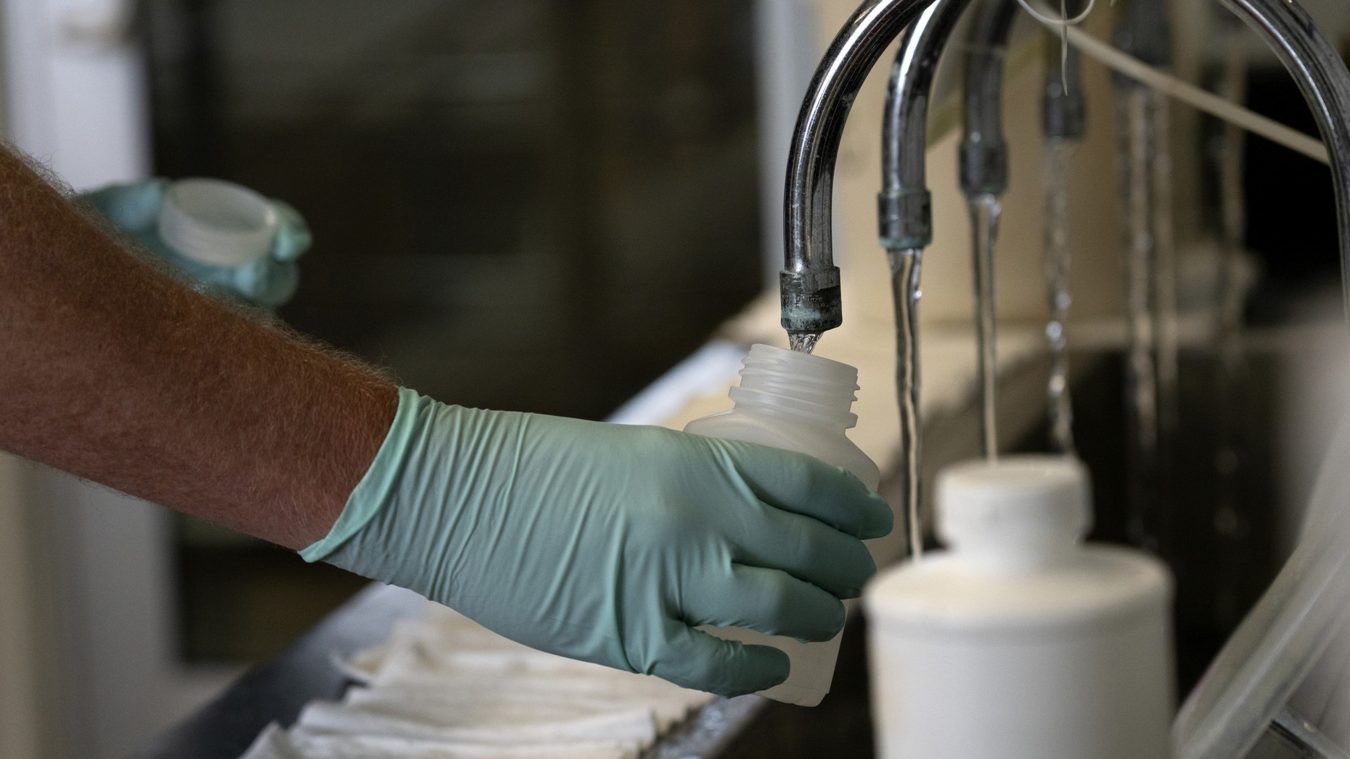Black and Hispanic communities are disproportionately exposed to “forever chemicals” in their drinking water, according to a first-of-its-kind study from Harvard University that said 18 million Americans are exposed to PFAS levels that exceed limits proposed by the Environmental Protection Agency.
PFAS or, per- and polyfluoroalkyl substances, are known as “forever chemicals” because they do not break down over time and can last indefinitely in the environment. They have been linked to certain types of cancer as well as other illnesses.
The report is the first peer-reviewed study to examine the relationship between PFAS contamination and risk in communities of color. The research also found that location increases the likelihood of PFAS exposure for Black and Hispanic communities, since historic redlining and segregation often situated their neighborhoods near industrial sites, airports, and military facilities.
The EPA announced new rules on PFAS in drinking water in March, after years of urging from activists and drinking water experts. The agency aims to finalize the rule by the end of this year.
The proposed limits reduce the amount of acceptable PFAS in drinking water from 70 parts per trillion to 4 parts per trillion, a rule that many areas included in the study would violate, since researchers found those communities had PFAS levels at 5 parts per trillion.
Jahred Liddie, lead author of the paper and a PhD student at Harvard’s School of Public Health, originally became interested in the topic of PFAS in college and wanted to see if inequities around air pollution and communities of color applied to PFAS exposure.
“We know that there’s the forces of discrimination, segregation that kind of shape how pollution around the U.S. is patterned,” said Liddie.
PFAS remediation is difficult and costly, which can strain towns that are already impoverished or unable to afford the costs of clean water. In some cases, those costs can get passed down to residents.
As the EPA finalizes its rules, Liddie hopes regulators will acknowledge the inequities which cause higher PFAS levels in Black and Hispanic communities.
“Because we have some evidence of disproportionate exposures in this study,” said Liddie. ”You don’t want to kind of allow those disparate exposures to persist in the future.”




